By Andrew Mefferd
The 2019 farm bill decriminalized industrial hemp, making it legal to grow in all 50 states as of the 2019 farming season. However, you do still need a license to grow it, and the deadline may well have passed in your state (here in Maine the deadline was April 1).
This year, I was offered a contract by an established essential oil/tincture company to grow hemp for them. And I happen to have a field that has grown vegetables in the past but wasn’t growing anything this year. So I figured, why not, and applied and got a license.
Now I was going to rely on my experience growing a wide variety of vegetables and flowers to figure out how to grow this new (to me) crop. But then I remembered that Concentrates Incorporated, www.concentratesnw.com, organic agriculture specialists in Oregon, have experience consulting on many different crops, including cannabis, hailing as they are from one of the first states to legalize the many forms of cannabis.
Full disclosure: Concentrates Inc. is a GFM advertiser. When I was getting to know them as an advertiser, they mentioned that they had experience with the growing needs of cannabis, along with many other crops, there in the fertile Wilamette Valley of Oregon. They are a family-owned fertilizer and soil amendment company that has been around since 1938. And this whole article was my idea. They didn’t pay anything for the exposure, I simply figured that if I wanted to ask them about the fertility needs of hemp, there must be other GFM readers who would want to know too.
Hemp vs. marijuana
For legal purposes, plants in the cannabis genus are divided into two categories: hemp and marijuana. Plants that are very low in tetrahydrocannabinol (THC), the psychoactive compound in cannabis, are classified as industrial hemp. In my and most cases, the amount of THC has to be below 0.3% to qualify as hemp. As always, check your state regulations. Plants of the cannabis genus that are above that level are categorized as marijuana, and are still federally illegal, though a number of states have legalized cannabis plants with THC levels higher than hemp as medicinal and recreational marijuana.
Oils vs. fiber
A second distinction to be made between different varieties of hemp is whether they are bred for production of fiber or for the oils. Plants bred for fiber tend to be taller (so they have longer fibers) and can be processed into a variety of fabrics and textiles. The price per pound tends to be lower for fiber and it is treated more as an agronomic crop, harvested by combine on a large scale. Hemp for fiber is going to be harder to make a profit on at a smaller scale, and less interesting to market growers, unless they want to get the equipment to scale it up.
Beyond THC there are many other compounds in the cannabis plant humans are interested in, including most prominently the cannabidiol (CBD) that is showing up in everything these days. Varieties of hemp for CBD production are typically bred to be high in CBD and low in THC. It is my guess that hemp grown for CBD is what most vegetable and flower growers will be interested in, as the price per pound is high enough to make it worth growing on a smaller scale.
Growing for Market has traditionally focused on vegetables and flowers. We think now that growers in all 50 states have the opportunity to grow hemp, it merits consideration as a potentially profitable crop that could be incorporated into the existing systems on market farms. The spacing, fertility and culture of hemp is much like many of the larger vegetable plants like tomatoes (we are planning on planting ours three feet apart in the row, with rows five feet apart, though larger varieties might need more space).
The part of the plant that is highest in CBD is the flower. So growing hemp is somewhere in between growing a vegetable and growing a flower- you are growing a plant whose flower will be eaten or otherwise extracted into oils and other edible or topical products. Hemp is even being used in some floral arrangements, like this.
I will write a recap of my own experiences growing hemp this season for an article in the magazine this fall or winter. Today we will talk with crop consultant Zach Menchini of Concentrates, Inc. about the fertility and growing requirements for a hemp crop.
Andrew: Zach, I remember that when you were getting signed up to be a GFM advertiser, you said Concentrates Inc. does free soil test interpretations for growers, to help them figure out what amendments they need to grow a particular crop. And that’s what I was looking for today- for you to help me figure out how to grow my first hemp crop. So tell us a little about Concentrates, Inc.
Zach: We are a family-owned organic fertilizer and soil amendment distributor in Oregon that specializes in organics, and serves crop growers of all types. So everything including annual vegetables, cherries and blueberries, perennial fruits, et cetera including hemp and cannabis growers. So, cannabis is not our focus, but it's one of the things that we do, and we're happy to help growers of any type.
Andrew: So, I have a ¼ acre field that we had grown vegetables on two or three years ago and we haven't had a need for it since, so it just sat there fallow for two or three years. It wasn't a particularly rich field to begin with, so I'm going to assume that I need to give the crop most of what it needs to grow.
So what do you say to the person like me who comes to you and says, “I'm growing hemp for the first time, what do I need to give it to get a good crop?”
Zach: Sure. This comes up all the time. In terms of the fertility program, hemp is not completely distinct or unlike any other crop, but what I like to think about it is, it's like growing corn, tomatoes, and garlic, all in the same place at the same time.
It needs a lot of nitrogen, it needs a good dose of phosphorus. There's a misconception that it needs an excess of phosphorus because it's producing a lot of flowers, but it just needs enough phosphorus like a standard 50 pounds of phosphorus per acre, 100 pounds of nitrogen per acre just like if you're growing corn. Maybe 120 if it's very deficient. So, you're going to be right in the same neighborhood, fertility-wise, as a lot of other crops.
And then, it is a pretty big potassium consumer, something like 80 pounds of potassium per acre. Or that's what it would remove. It is a higher potassium consumer than most crops, so that's one anomaly. Also, it does need some sulfur, which is why I mentioned garlic. Something like 20 pounds of sulfur per acre, sulfate sulfur.
A few common mistakes I see people making are, they're applying phosphorus at the same time as their calcium sources, so they're liming, and they're putting their bone meal down at the same time. Those can lock up, those can become calcium phosphate, which is super tightly bound, and phosphorus is not very mobile anyways, so you don't want to do anything to complicate that.
If at all possible, in an ideal world, you would apply your calcium and your phosphorus at different times. Around here, no one plants earlier than June 1st, in northern California or southern Oregon. I think that June 1st is a pretty good target date around here. So, we're approaching that [this interview was done 4/30/2019], and people may not have the opportunity to do two different applications.
Calcium is very important, just like every crop. Sulfur, more so than most crops. And then, micronutrients that shouldn't be overlooked, particularly in a bigger money crop like hemp or cannabis. They tend to pay for themselves. If pH is in line, I usually recommend an application of kelp meal. Kelp meal is very expensive, but if it's in the budget, kelp meal around 600 pounds an acre. If you want to save some money, you can do something like Azomite at around that same application rate.
What else? Compost. I see a lot of people overdoing it on compost. I love compost, don't get me wrong, it's a great tool for building soil structure and introducing some life into the soil, building organic matter, et cetera, but some compost can contain really high levels of potassium and really high levels of salt.
We can talk about salt in just a second, but plants can choose potassium incorrectly when they're actually looking for calcium or magnesium. So, you have to watch out for over application of potassium. When I see people putting down really heavy compost applications, I get worried about potassium blocking out the calcium. So, compost is great, but don't overdo it.
Andrew: What's overdoing it in your opinion?
Zach: I can't really say, it depends on the compost you’re using. Your specific potassium application is heavily dependent on your cation exchange capacity. Higher CEC soils require more potassium. So the bottom line is, your compost supplier should have a recent detailed analysis and ask for it, and base your application rate on that. Oh, and salts. So, in container media and greenhouse production, salts are a big problem. If you've got an electroconductivity (EC) reading above 2.0, your yields are going to suffer.
We [in Oregon] have the luxury of having mild winters with heavy rains, so people with greenhouses here that have salt build up, when they're due to replace their greenhouse plastic, they will remove the old plastic in the fall, so that it can rinse some of the salts out of the soil over the winter. And then put the new plastic on after it gets a good flush.
Hemp is not particularly boron sensitive, and traditional soil tests do a really bad job at measuring boron. And so, leaf analysis mid-season is really the only way to tell if you’ve got a boron problem. And prophylactically applying boron is probably not a good idea, it's got a really narrow window between deficiency and toxicity, so be careful of your boron. It's important, but less important for hemp than something like a brassica or beets and things in that family.
Assuming it's been fallow for some time, or hasn't been limed as a traditional field of crops would be, and assuming that you're not in a calcareous soil type, that you're in the soil that tends towards acidic, which is the Willamette Valley, and from my understanding, most of the Northeast as well. Start making calls to a lime spreader, get them out there as soon as possible. But also, pull soil samples. It's important to get a soil test. You’re going to want a pH that’s slightly acidic, in the low sixes.
Andrew: Which is what most vegetable and flower crops want too.
Zach: If it needs it, we would lime at a maximum of about two tons an acre. Most situations where you're converting an old hay field or fallow vegetable ground, you're going to need the maximum application as soon as possible, and probably again maybe around the next time you test it in a year or two or three years. So lime is super important. But one mistake I see people making is they're applying lime or gypsum, at the same time as the phosphorus source.
Andrew: One question that occurs to me is: can I front load everything that the crop needs by putting in some slow release fertilizers like most of the organic fertilizers are anyway? Can I put it all in pre-plant, or am I going to need to use side-dressing or fertigation or something like that to meet the plant’s needs over the whole season?
Zach: I think you can put it all in pre-plant, but because of the yield to profit ratio that were talking about, the extra yield on the margin here really pays off. So, most growers I work with choose to fertigate, just as a matter of course.
And they'll usually just use fish emulsion and a kelp extract. You've got your little bit of nitrogen in the fish emulsion, and then usually kelp extract has a lot of potassium and all the micronutrients and amino acids and things like that. So, that's a pretty good regimen, and it's pretty cost effective. It's really going to depend on the products that you're using, but it’s something like a gallon of fish per acre with some regularity. Some people don't choose to do it every week, but if not, every two weeks.
One word of caution, whenever I'm recommending that people fertigate is, particularly if you're using surface water, flush your lines. I hate when people call me up later in the season and they've got clogged emitters, and it's not necessarily because the product isn't soluble, it's that it's a food source, right? And you've got biofilms and things developing on the insides of the lines that are coming in off of your surface water, and you've got your black hoses sitting in the sun, that's a pretty good environment for life. So, flush your lines and maybe even your emitters.
Andrew: Can you recommend some products that growers you know have used to meet those needs?
Zach: Yes, we have a product that we've been making for a few decades. We just call it the Concentrates All-Purpose 5-5-3. It's certified organic, it is a blend of things like feather meal, fish, bone meal, kelp meal, rock dust, and it even includes some flaxseed meal in there, and also mycorrhizal fungi.
So, the hemp plant is symbiotic with mycorrhizal fungi. You certainly should be inoculating your seedlings with it and applying it on your field because that's an important part of getting nutrients to your plants. [For more on mycorrhizal fungi, see the article “Understanding the basic ecology of mycorrhizal fungi to benefit your farm” in the May 2019 GFM.] That symbiotic relationship is essential for plant life, and it's so cheap to do it at scale. You can't overdo it, there's no risk in it creating a problem for you.
Let’s talk about the difference difference between that fertilizer and using something like chicken manure. Like a 4-3-2 chicken manure, those NPKs sound really similar, a 4-3-2 [for chicken manure] compared to 5-5-3 [for the Concentrates All-Purpose fertilizer]. Why is one three or four times the cost of the other? It's the micronutrients in the more expensive product that are from a more expensive source. And they’re just as important for plant growth as NPK, right?
So things like chicken manure tend to be less complete, though they are good products and they have a place. A carefully blended all-purpose fertilizer that contains rock dust and kelp meal and things like that is going to be more complete. And having the mycorrhizal fungi in the bag, just makes it really easy to get it out on your field.
Andrew: And if someone wanted to drench mycorrhizal fungi, as in fertigation, what would you use for that?
Zach: The main mycorrhizal product that we sell is called MycoApply, and it'd be the "ultrafine endo" version. There are two different mycorrhizal families, endo and ecto, and those terms refer to where on the roots they interact with the plants.
Cannabis and most garden vegetables are only endosymbiotes. You could apply an ecto mycorrhizal fungi, but it's not going to do anything. I mean there's a lot of endo/ecto blends out there, the ecto is not going to hurt in other words. But the endo is really what you're after. MycoApply, ultrafine endo.
Andrew Mefferd is the editor of Growing for Market magazine. He farms in Maine.

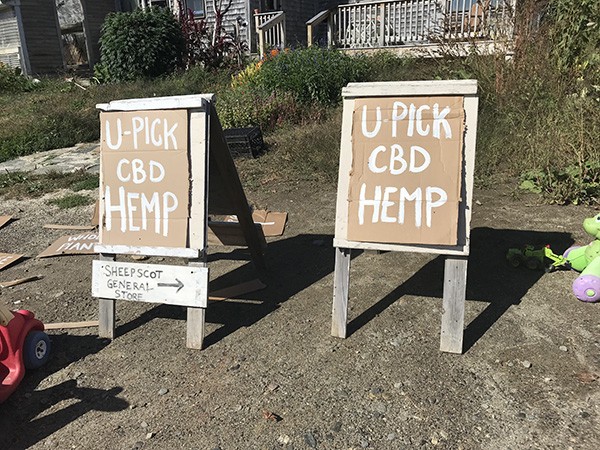 When a farm close to mine here in central Maine became the second one nationwide to offer U-pick hemp, I had to go see it. I thought it might be a timely idea for some GFM readers.
When a farm close to mine here in central Maine became the second one nationwide to offer U-pick hemp, I had to go see it. I thought it might be a timely idea for some GFM readers.
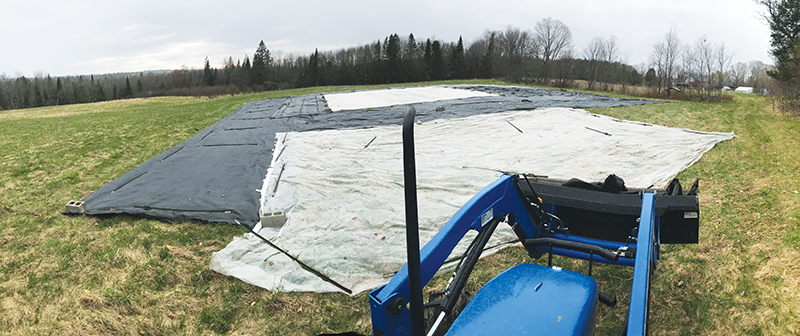 In
In 
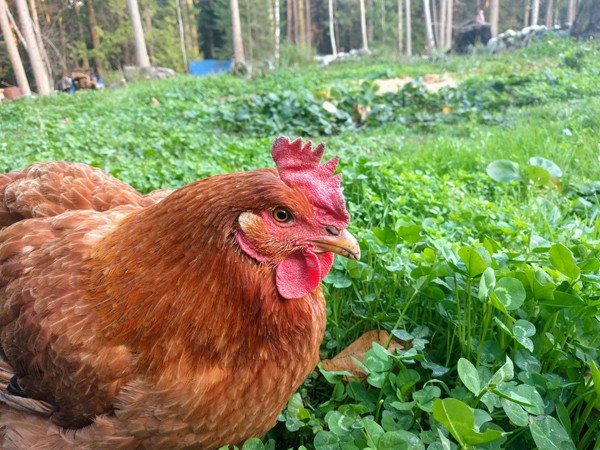 The modern age could very well be termed the age of carbon. We have increased the amount of carbon dioxide (CO2) in the atmosphere by more than a third since the Industrial Revolution began. A gas that keeps heat from the sun contained within the earth’s atmosphere, CO2 makes up more than three-quarters of the greenhouse gas emissions in the world. At the same time agriculture is currently experiencing a carbon crisis, with 50-70% of the world’s carbon in farmland soils off-gassed into the atmosphere due to tillage. Carbon is the single most essential element in soil fertility as it aids soil structure development, water retention, nutrient retention, and biological processes.
The modern age could very well be termed the age of carbon. We have increased the amount of carbon dioxide (CO2) in the atmosphere by more than a third since the Industrial Revolution began. A gas that keeps heat from the sun contained within the earth’s atmosphere, CO2 makes up more than three-quarters of the greenhouse gas emissions in the world. At the same time agriculture is currently experiencing a carbon crisis, with 50-70% of the world’s carbon in farmland soils off-gassed into the atmosphere due to tillage. Carbon is the single most essential element in soil fertility as it aids soil structure development, water retention, nutrient retention, and biological processes. 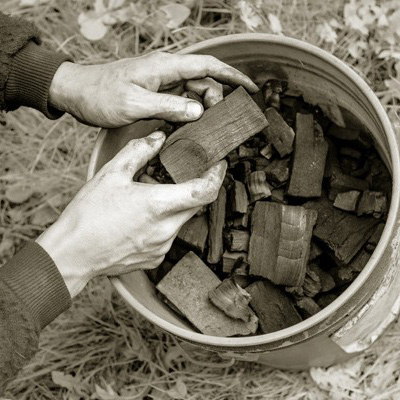
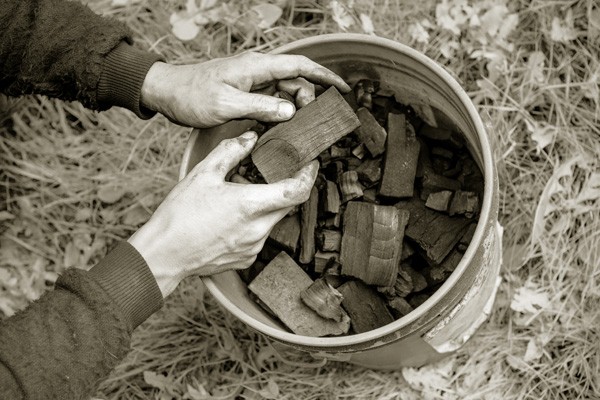 This is the second of two articles about biochar, the term for charcoal when it is used as a soil amendment. For the first article, detailing the author’s involvement in an on-farm study of biochar from the October 2017 GFM,
This is the second of two articles about biochar, the term for charcoal when it is used as a soil amendment. For the first article, detailing the author’s involvement in an on-farm study of biochar from the October 2017 GFM, 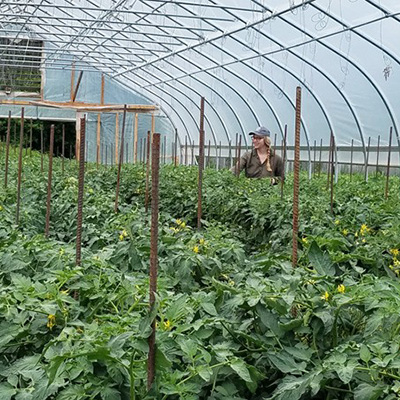
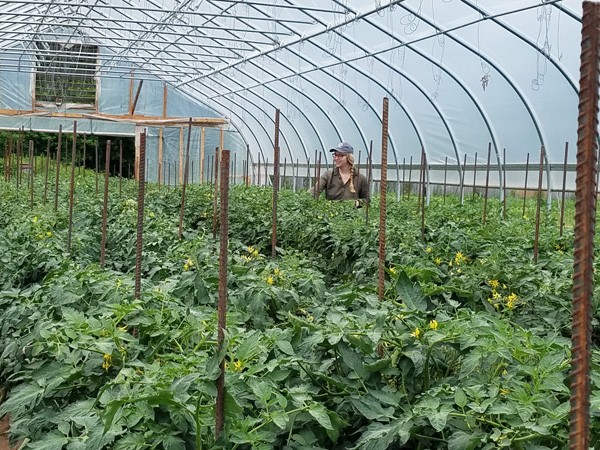 High tunnels have played a crucial role in season extension for market growers, with popularity increasing over the last decade to meet demand for locally grown produce year round (or close to it). Once built, the high tunnel becomes some of the most valuable real estate on the farm and many growers are able to produce exceptional yields in the first few years. After several seasons, yields begin to decline and many growers struggle to maintain productivity.
High tunnels have played a crucial role in season extension for market growers, with popularity increasing over the last decade to meet demand for locally grown produce year round (or close to it). Once built, the high tunnel becomes some of the most valuable real estate on the farm and many growers are able to produce exceptional yields in the first few years. After several seasons, yields begin to decline and many growers struggle to maintain productivity. 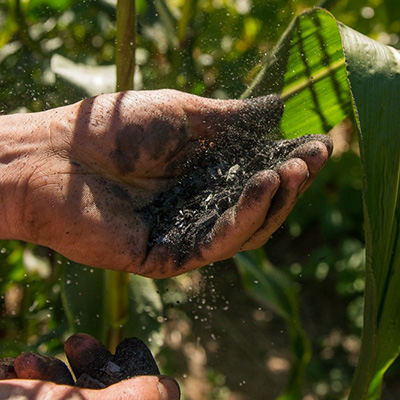
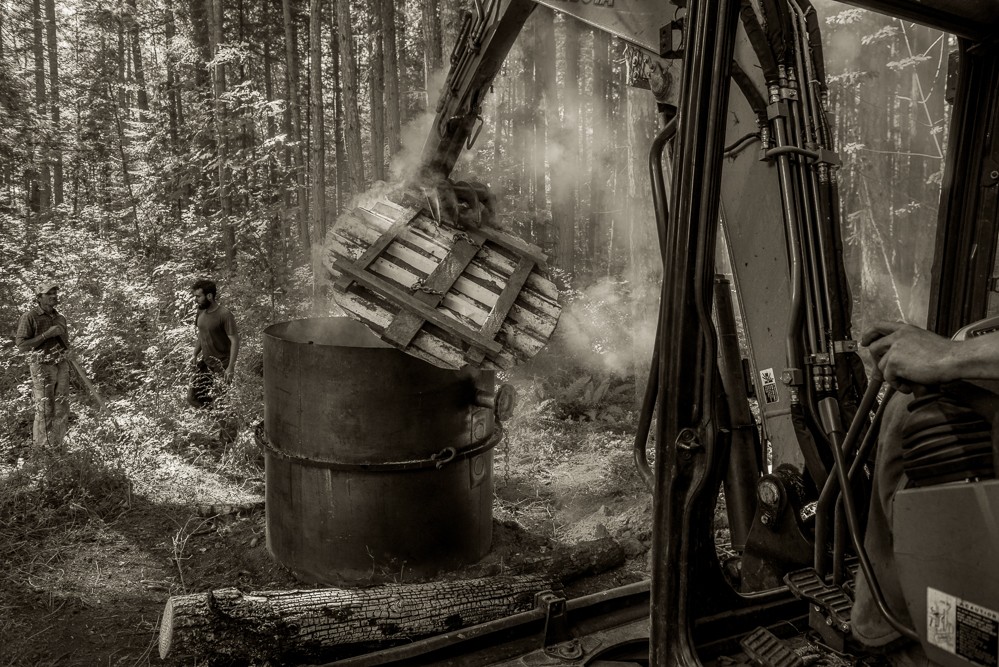
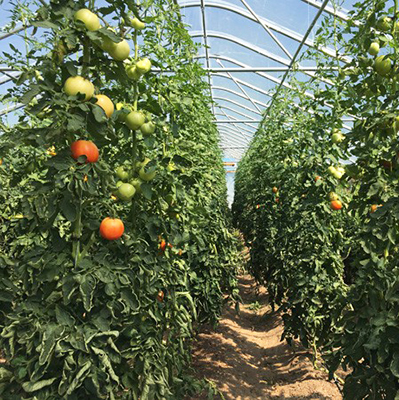
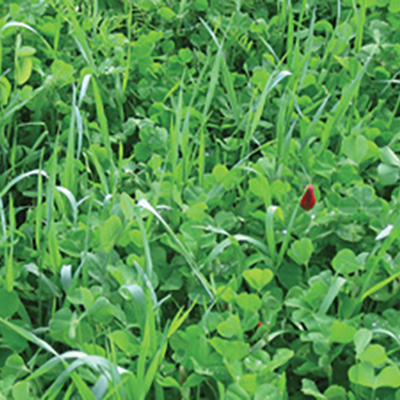
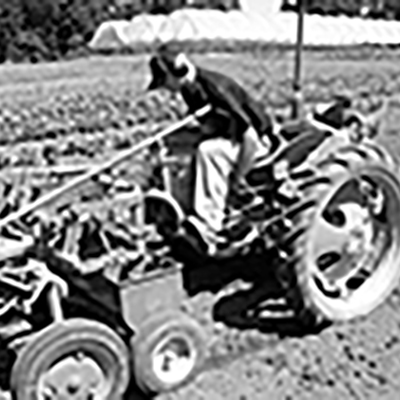
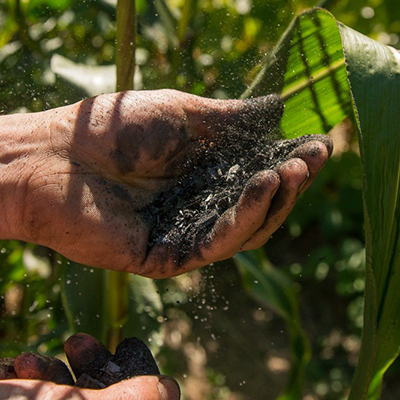
 Charcoal is a naturally occurring form of carbon. Charcoal is a byproduct of burned ecosystems such as forests and prairies that captures the carbon in plant matter and preserves it in a form that can stay in the soil for between several hundred and 10,000 years. Known as recalcitrant carbon, charcoal captures organic matter in its pores, creating areas of “concentrated labile carbon,” which is the most accessible form of carbon for the microbial community. In addition, charcoal can capture nutrients and water, supplying a broad array of fertility needs for plants. Biochar is what charcoal is called when used for agricultural purposes.
Charcoal is a naturally occurring form of carbon. Charcoal is a byproduct of burned ecosystems such as forests and prairies that captures the carbon in plant matter and preserves it in a form that can stay in the soil for between several hundred and 10,000 years. Known as recalcitrant carbon, charcoal captures organic matter in its pores, creating areas of “concentrated labile carbon,” which is the most accessible form of carbon for the microbial community. In addition, charcoal can capture nutrients and water, supplying a broad array of fertility needs for plants. Biochar is what charcoal is called when used for agricultural purposes.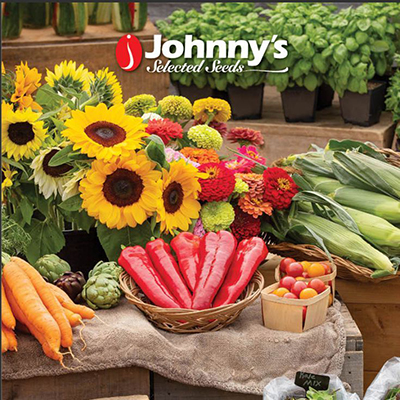
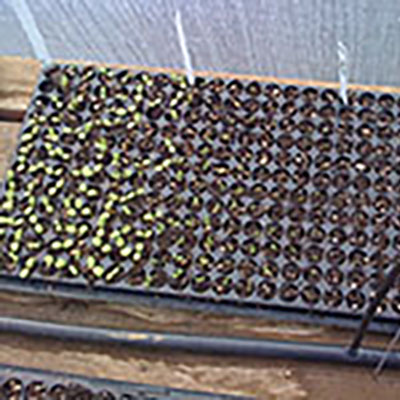

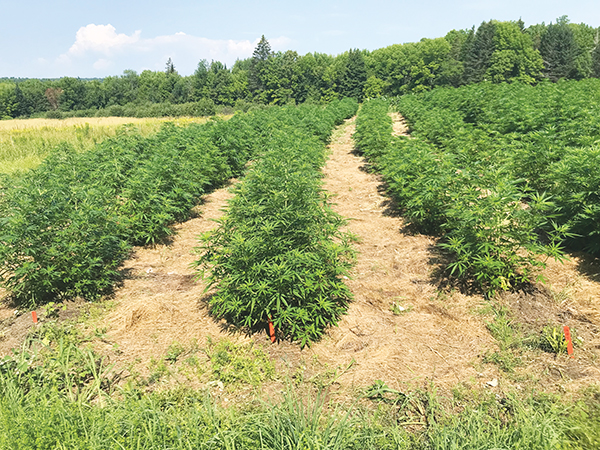 How I accidentally became a hemp farmer
How I accidentally became a hemp farmer